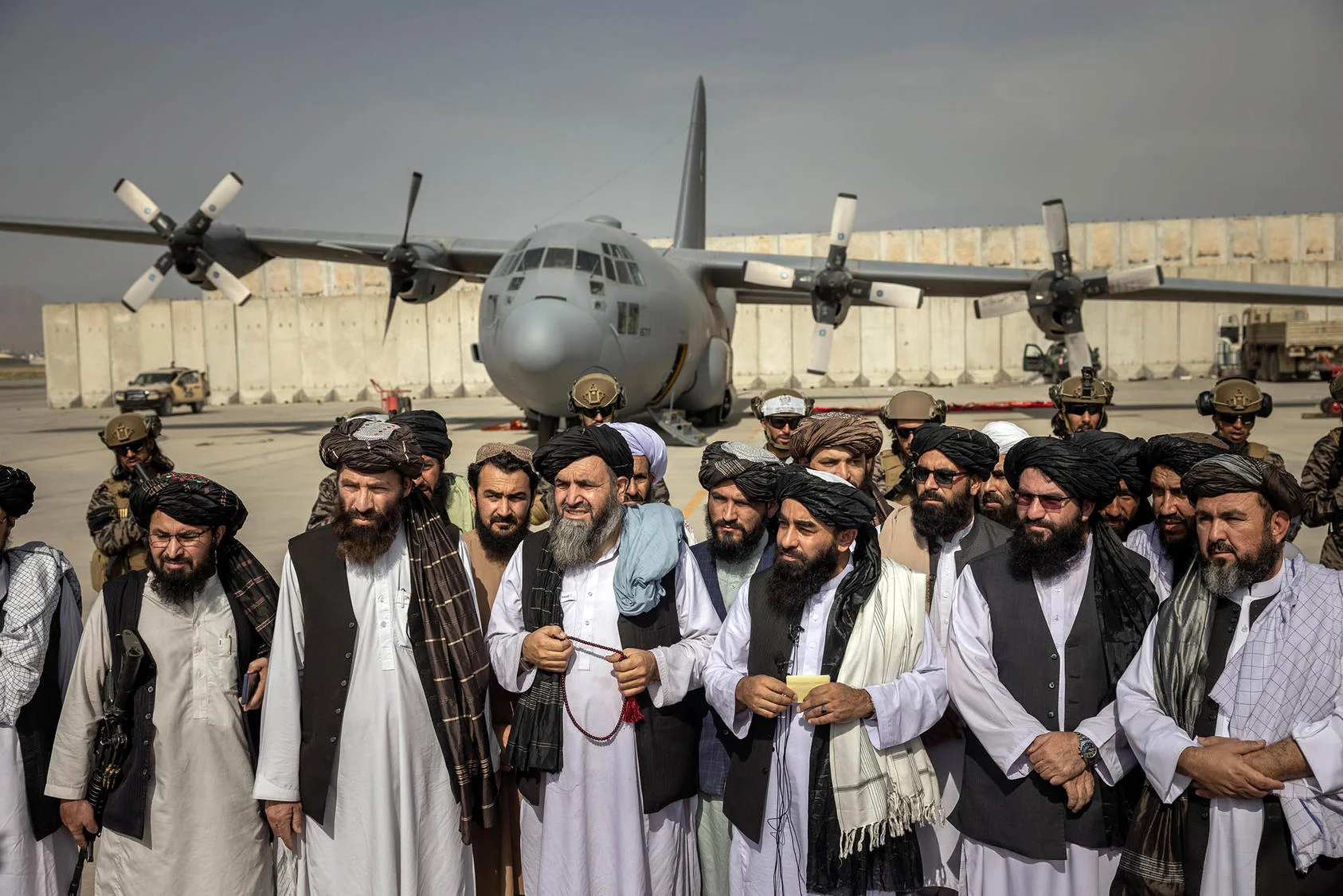India’s External Affairs Minister, Dr. S. Jaishankar, is set to visit the United States from December 24 to 29, 2024, marking the first high-level engagement between the two countries following Donald Trump’s victory in the US presidential election. This visit comes amid rising tensions between the two nations, especially following recent criticisms from Trump regarding India’s trade policies.
Trump’s Criticism on Tariffs and Reciprocal Taxes
On December 16, 2024, Donald Trump reiterated his intention to impose reciprocal tariffs on Indian goods, accusing India of imposing high tariffs on US products. During a briefing at Mar-a-Lago, Trump criticized India’s tariff charges, specifically highlighting the 100% tariff on certain US products like motorcycles and bicycles. He emphasized the idea of “reciprocity,” stating, “If India charges us 100%, do we charge them nothing for the same? You know, they send in a bicycle, and we send them a bicycle. They charge us 100, and 200.”
Trump’s criticism also extended to India’s tariffs on medical devices, pork, and other goods, which are subject to duties ranging from 25% to 60%. Trump’s administration has expressed frustration over these tariff imbalances, threatening to impose equivalent tariffs on Indian goods. Trump’s Commerce Secretary pick, Howard Lutnick, underscored that reciprocity would be central in any upcoming trade discussions, stating, “How you treat us is how you should expect to be treated.”
Also See: Trump Tariffs and BRICS: A Looming Trade Standoff
India’s Trade Dynamics and Potential Concessions
Despite these tensions, India remains committed to strengthening its trade relations with the US. Bilateral trade surpassed $120 billion in FY24, with India enjoying a favorable trade balance of $32 billion. India’s exports to the US, which accounted for 10% of total exports in 2010-11, have grown significantly to 18% in recent years, with textiles, electronics, and engineering goods forming the bulk of exports.
In response to Trump’s criticism, India is considering offering tariff reductions on select US goods, such as luxury motorcycles (e.g., Harley-Davidson) and high-end medical devices. Additionally, India’s 45% import tariff on pork could be reduced, which would address concerns raised by Trump, who has criticized India for imposing significant tariffs on US agricultural products.
Energy, Defense, and Manufacturing Sectors: India’s Strategic Push
India’s trade relations with the US also extend to the energy and defense sectors. In fiscal 2024, India’s energy imports from the US, including crude oil, refined fuel, and coal, were valued at $12 billion. Aircraft and parts imports accounted for an additional $2 billion. As part of its efforts to balance trade, India is looking to increase imports from the US by $5 billion to $10 billion annually.
India’s Strategic Leverage: US Sanctions on Pakistan and China
In addition to India’s focus on trade, it has also adeptly leveraged its growing partnership with the US to strategically align with Washington’s policies, particularly in relation to China and Pakistan. The US has imposed significant sanctions on Pakistan, particularly targeting its ballistic missile program and nuclear activities. These sanctions, while part of the broader global efforts to curb the spread of weapons of mass destruction, have been aligned with India’s security concerns.
However, India’s ability to leverage US sanctions against Pakistan presents a stark contrast when compared to its own policies toward defense and missile technology. The US has at times demonstrated flexibility with India, despite its own missile misfires and history of accidents, particularly with regard to India’s missile development. This difference in policy treatment is indicative of a nuanced approach by the US, favoring India as a strategic partner in its broader competition with China.
As the US places increasing sanctions on Pakistan, particularly regarding its missile technology, India finds itself benefiting from both the geopolitical shift towards China containment and the resultant pressure on Pakistan. This shift aligns with India’s long-standing security priorities, and it has positioned itself as a key partner for the US in balancing China’s growing influence.
At the same time, Pakistan’s role in this evolving regional landscape remains crucial. Islamabad, while maintaining close ties with China, continues to assert its strategic importance in South Asia. As global power dynamics shift, Pakistan must navigate these complex geopolitical currents, ensuring its own national interests are protected amidst growing pressure and competition in the region.
Also See: U.S. Sanctions on Pakistan’s Missile Program : Impacts and Geopolitics
India-US Trade Relations: A Pivotal Moment
As External Affairs Minister Dr. S. Jaishankar prepares for his upcoming visit to the United States, both nations stand at a crucial juncture to address long-standing trade tensions. India’s proactive approach—aligning with President Trump’s “America First” policy through tariff cuts and investments in strategic sectors such as semiconductors, electronics, and energy—sets the stage for a more robust economic partnership. With trade between the US and India surpassing $118 billion in the 2023/24 fiscal year, both countries are positioned to build on their economic relationship, despite the hurdles they may face.
Conclusion: India’s Geostrategic Balancing Act
Jaishankar’s visit, while centered on trade and economic cooperation, also unfolds against a backdrop of shifting global geopolitics. The US’s growing focus on containing China presents an opportunity for India to strengthen its strategic ties with Washington, particularly in the Indo-Pacific region. India’s alignment with US goals in countering China’s influence highlights its increasingly pivotal role in shaping global security dynamics.
Furthermore, India strategically leverages US sanctions on Pakistan, especially concerning Pakistan’s missile technology, to fortify its security posture. This nuanced approach underscores India’s delicate balancing act—navigating regional security concerns while pursuing economic growth and a stronger global standing. As India maintains a complex relationship with Pakistan, its ability to align its security and economic interests with the US reflects a sophisticated geopolitical strategy.
Jaishankar’s discussions in Washington are expected to influence India’s role in the broader US-China rivalry, with significant implications for both the economic and security landscape in South Asia. The deepening India-US partnership will play a critical role in reshaping the regional security architecture, as both nations work toward resolving trade tensions and aligning their geopolitical strategies. In the coming years, India’s decisions will be key to determining its position in the evolving global balance of power.
Data included in this article is sourced from Reuters and Hindustan Times.

![India's Jaishankar visits the US to address trade tensions amid Trump's tariff criticisms, and opportunities to strengthen strategic ties [Image via SAT Creatives]](https://southasiatimes.org/wp-content/uploads/2024/12/SAT-Web-Banners-17.webp)




